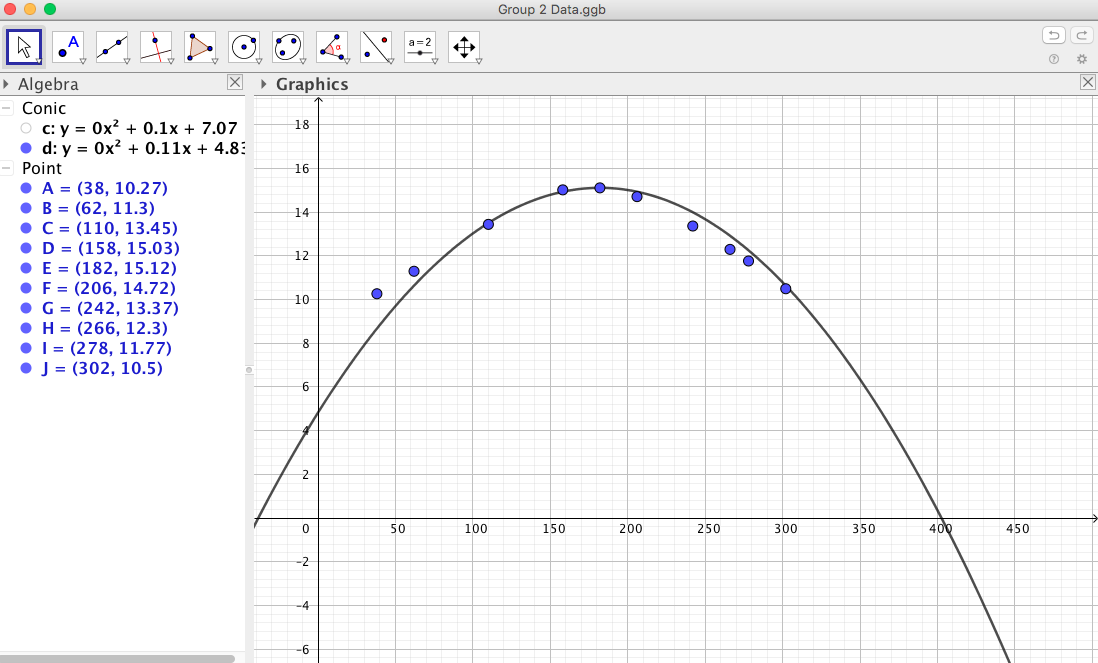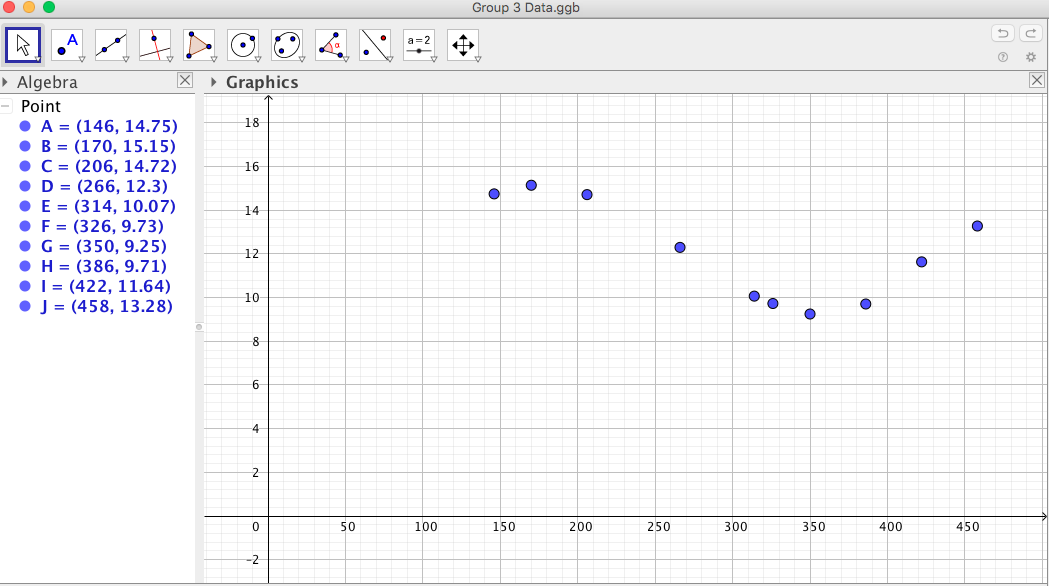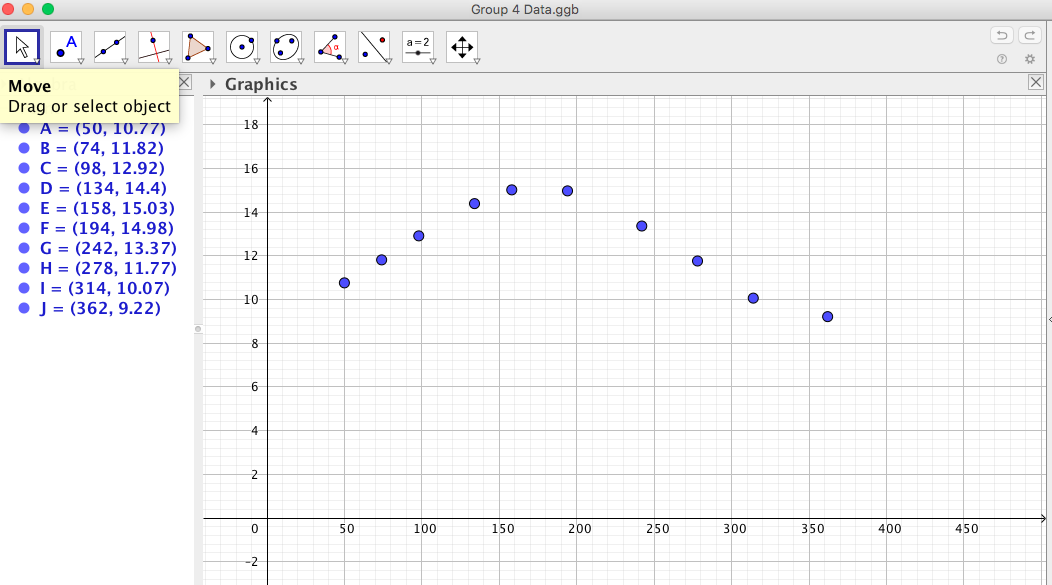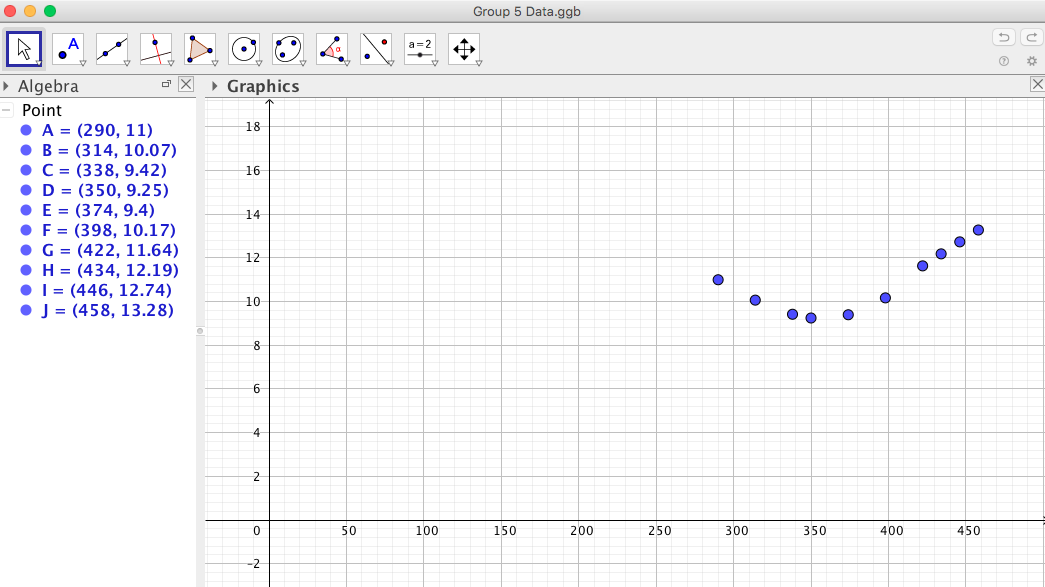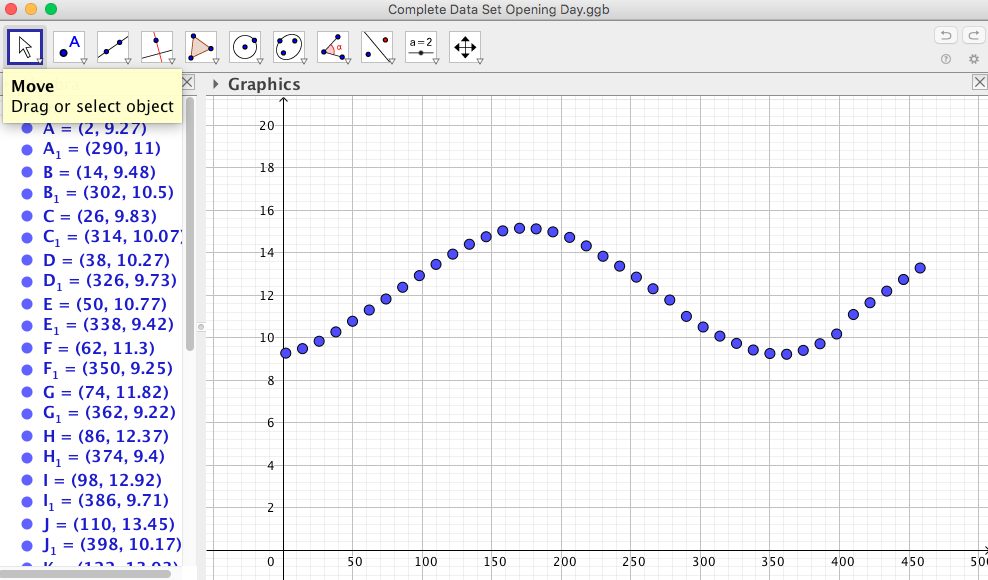About three years ago I made a commitment to myself. I was still living with my family in one of the boys’ dorms on our campus and was living within a pretty strict clock regimen of dinners at the dining hall, study hall hours, lights out (ha!), and rotating dorm duties. I made a decision that I would close my computer when I left my classroom at 3:30 and not open it again until study hours started in the dorm at 8 PM. I managed to maintain that commitment (mostly) for the year. I was regularly up later than I really wanted to be due to dorm duties and noise. I was up early every morning catching up on work, but I had every afternoon free of staring at my computer. I hung out with my kiddos, we played on the dorm lawn, we ran around with friends on campus, I sat at the dining hall and caught up with folks. Part of what made it possible to carry out this goal was that I was teaching four classes that year, most years I have taught five.
This year I am teaching four classes again and, once again I made this commitment to myself. This past week was our last week before classes. I took the time to take each of my children to see movies. On Thursday I took my son to see the new Spike Lee film. It was terrific. On Sunday I took my daughter to see Christopher Robin. It was sweet and tender. A bit predictable, but filled with good nuggets. I got emotional on a number of occasions because I have become that dad. But I walked away renewed in my sense that I need to create space. I need to put that laptop away for awhile. Email will be answered eventually. My job as a teacher and a department chair is not THAT important that a few hours will get in the way of carrying out my responsibilities in a meaningful, humane, and productive way. I can just be dad and husband for a few hours. I can hang out on the hammock. I can sit and chat about music with my boy. I can watch my girl play with LoL dolls and her Baby Alive crew. I can sit on the porch and read. I can listen to some music and just be. If I do this the right way, then when I open my email and my files I will probably be a better colleague and a better teacher.
Sometimes ‘Doing nothing leads to the very best something’ as a silly old bear once said.
Some writing about teaching again soon. But it won’t be done between the hours of 3:30 and 7:30 PM!
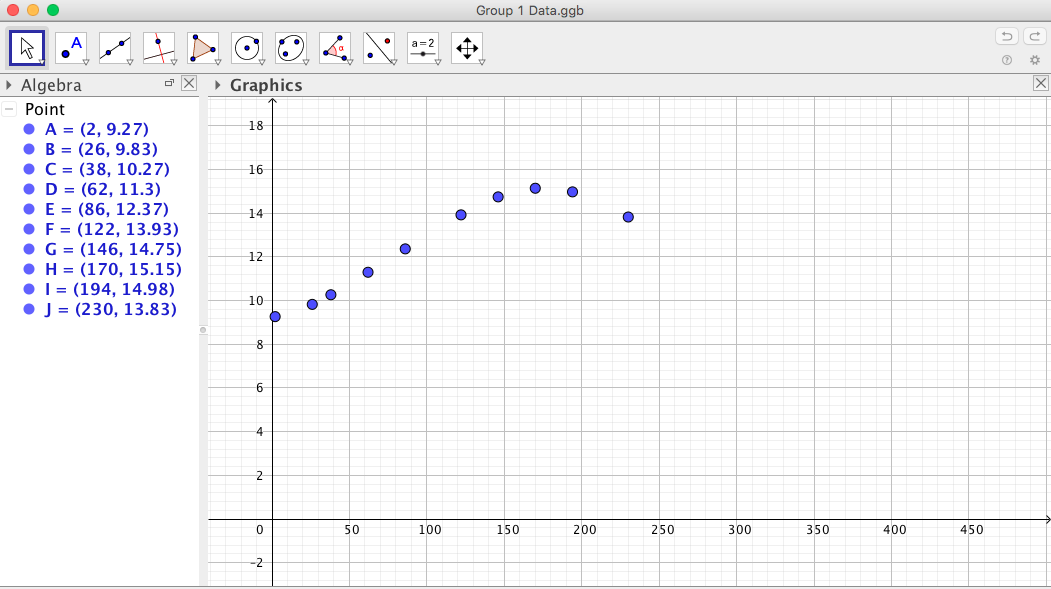
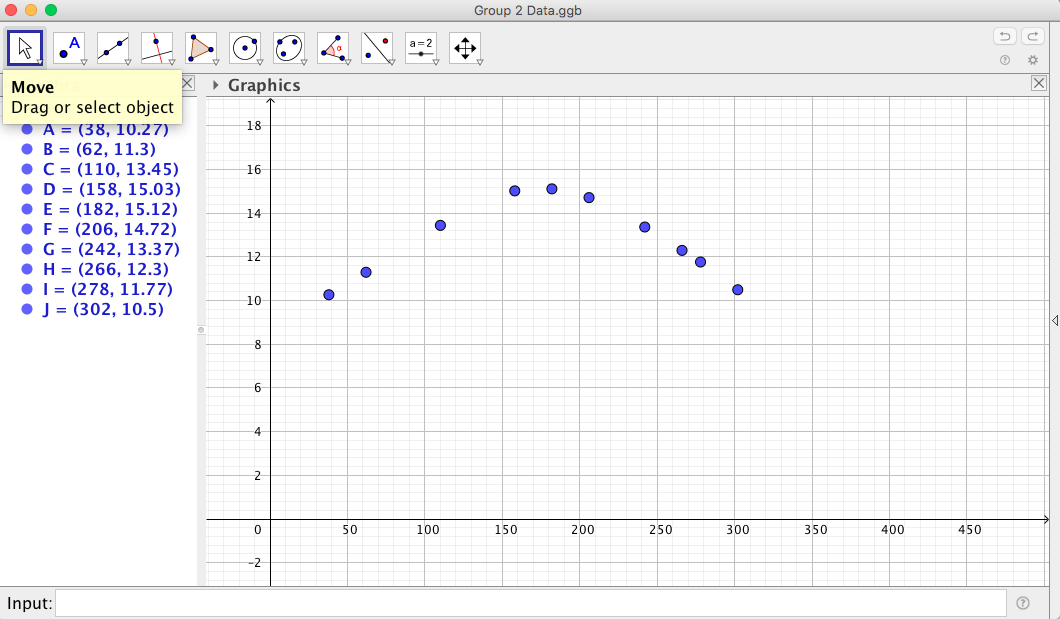 Group two will generate something similar to this image. Again, I am anticipating a quadratic guess. This time point E should be seen as the vertex. Playing a bit with my TI and anchoring my guess at point E yields the following promising picture.
Group two will generate something similar to this image. Again, I am anticipating a quadratic guess. This time point E should be seen as the vertex. Playing a bit with my TI and anchoring my guess at point E yields the following promising picture. 